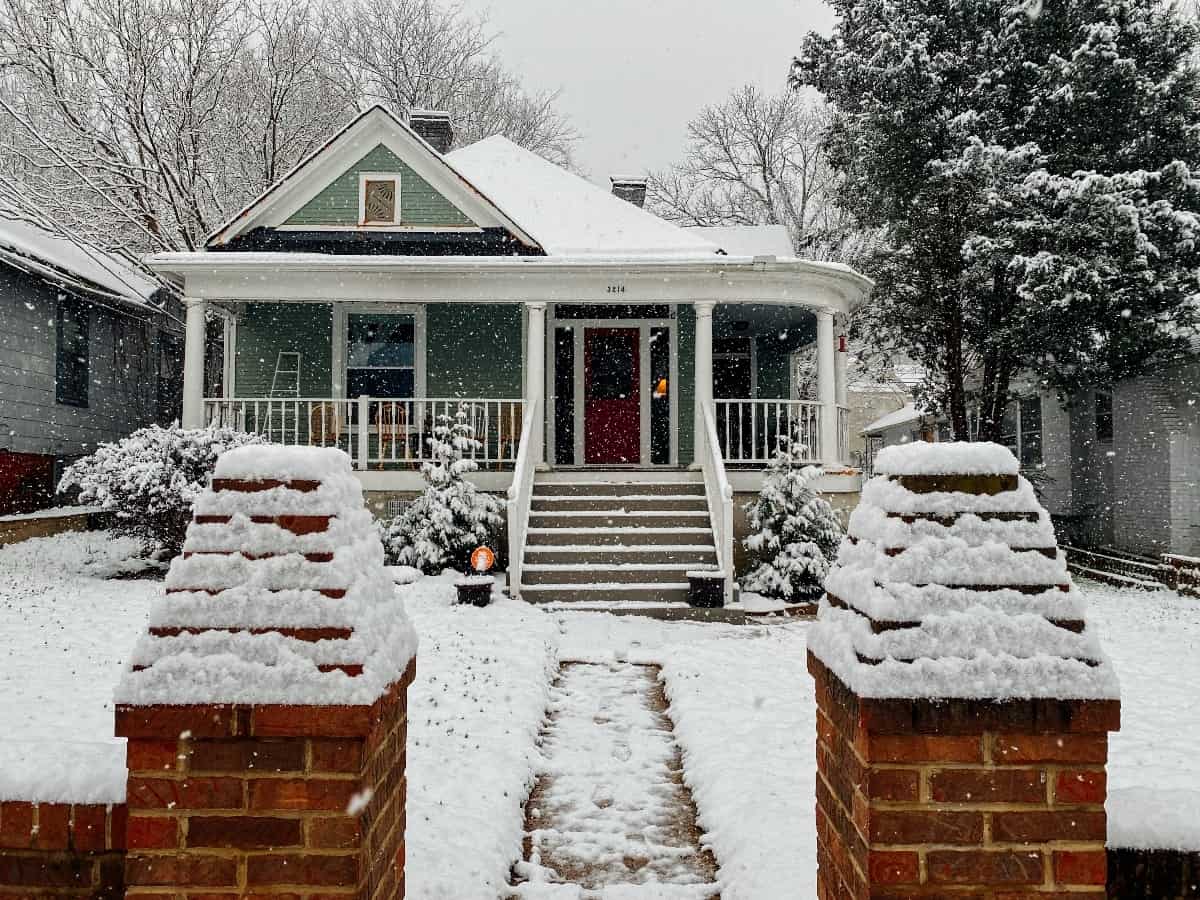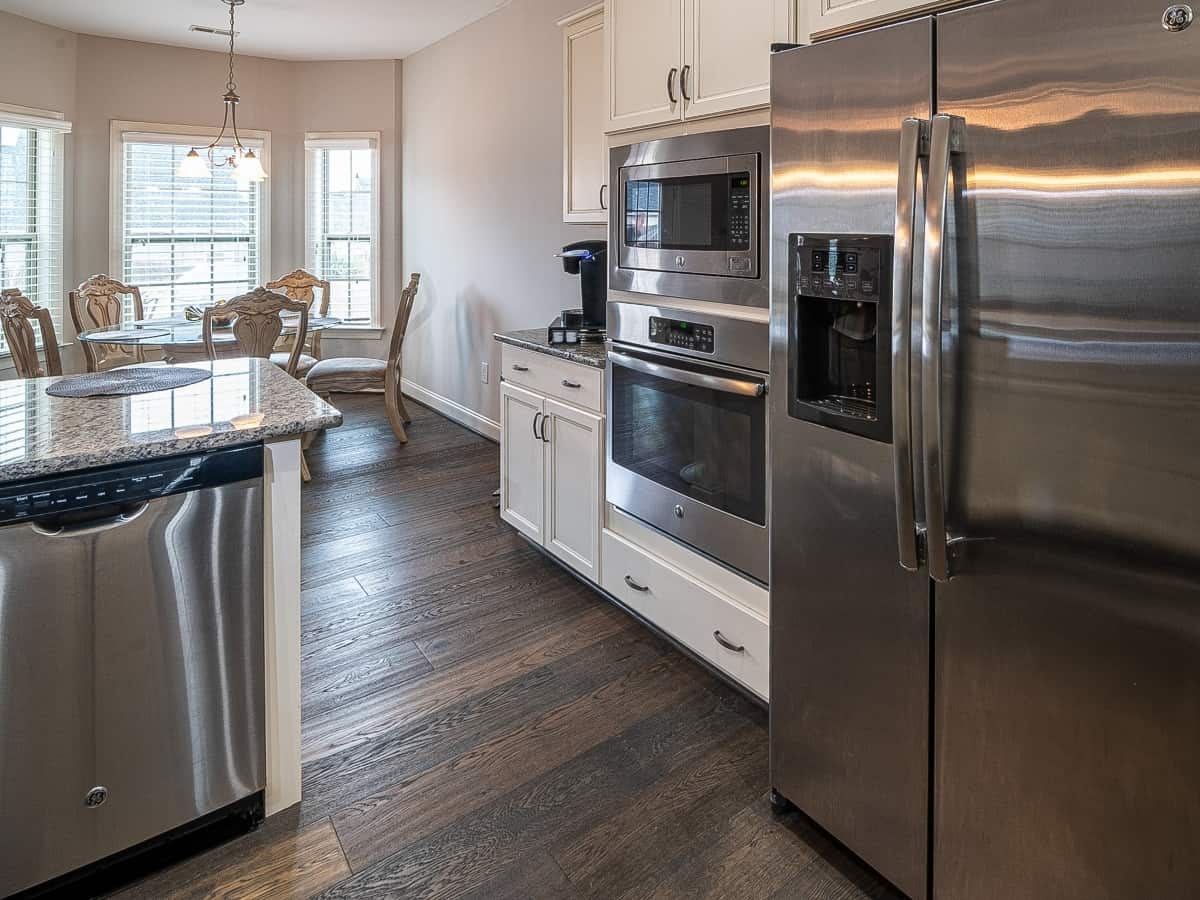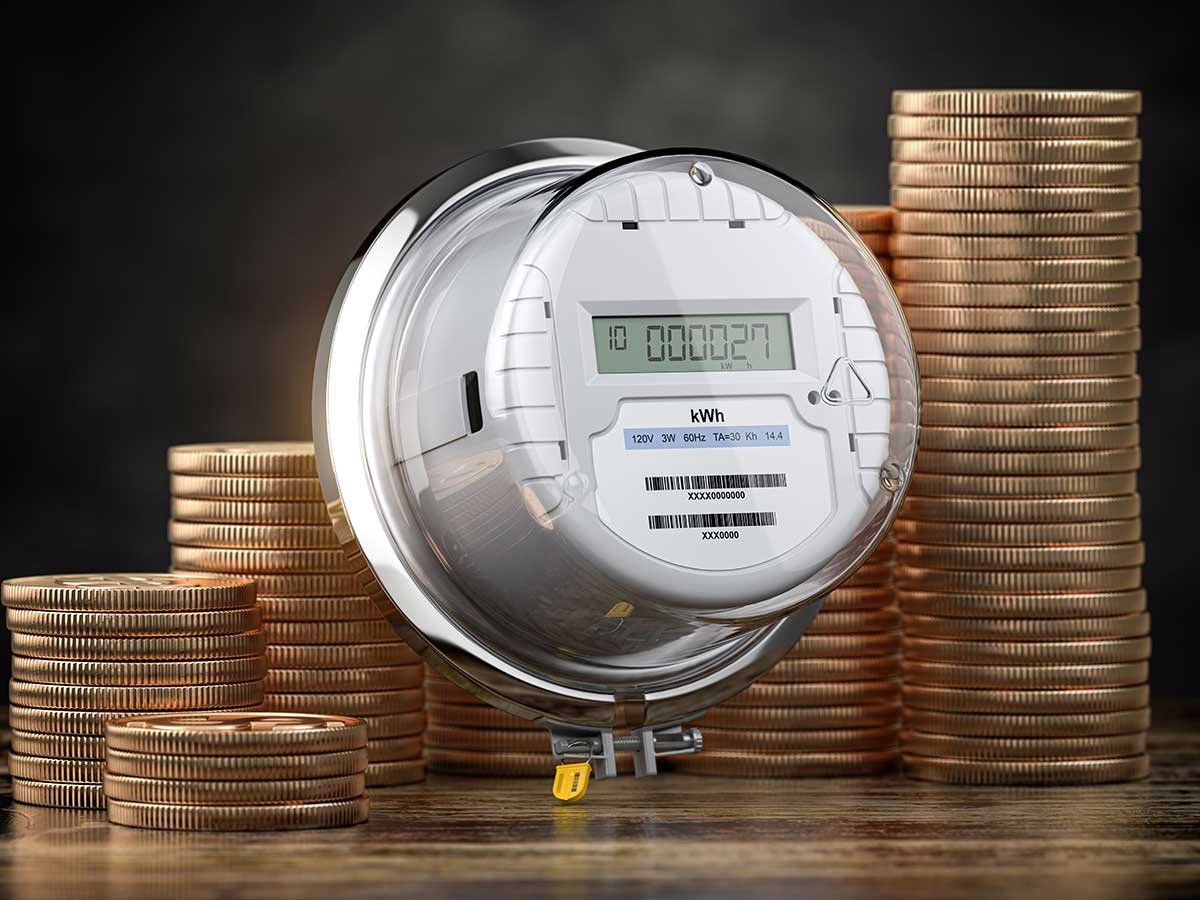Energy prices and household energy use fluctuates. Some seasons are harder on the budget than others. Understanding what uses the most electricity in a home and how you can reduce your consumption can help you get a better handle on your energy bill. Let’s go over the top areas in your home that use the most electricity.
Discover Energy Audits with Solar Energy and ONIT Home
Try our Free Energy Audit to make sure your home is performing at optimum energy efficiency. We’ll inspect every nook and cranny of your home to make sure it’s best serving your needs. We’ll also give you tips on lowering your energy bills, conserving energy, and creating a more efficient space. To learn more about how we can help you maintain a top-performing home, visit us online to get started!
Summertime Household Electrical Drains
In many regions, the summer heat drives the use of air conditioning. This is, by far, the most significant energy drain in the summer months.
Air Conditioners
Air conditioning is often the answer to what uses the most electricity in a home. The answer is somewhat more complex than that, however. Some areas of the country don’t use air conditioners at all, while others use them nearly year-round. On average, air conditioners account for about 12% of a household’s annual energy expenses. In hot regions, they can account for as much as 27%. Further, air conditioners:
- Account for about 6% of all electricity produced in the US
- Cost an annual $29 billion
- Release roughly 117 million metric tons of CO2 into the air
Tips to Reduce Air Conditioning Energy Consumption
- Keep your air conditioner maintained. Change air filters and schedule maintenance as the manufacturer recommends for best efficiency.
- Switch to a high-efficiency air conditioner (this could reduce energy use from 20-50%)
- Consider only cooling the rooms you are using – ductless, mini-split ACs, room ACs, and window AC units can help.

Wintertime Household Electrical Drains
Like the air conditioner, heating consumes a significant amount of the household energy budget. The EPA estimates that about 42% of a household’s energy use in the US goes toward space heating. Heating:
- Accounts for half of the world’s energy consumption.
- Annually, U.S. homeowner spends about $73 billion on heating their homes.
Ways to Reduce Heating Expenses
Heating can be a big expense in the winter. There are ways to help tackle excessive heating bills.
- Swap for an energy-efficient heating system.
- Maintain your system and regularly change out the filters.
- Turn on your ceiling fan – this helps push hotter air back down into the room and keeps the temperature more tolerable.
- Keep your doors and windows properly sealed.
- Close vents in rooms that are rarely used.
- Set up your digital thermostat to reduce temps when the house is empty or asleep.
- Increase your attic insulation.
- Keep the curtains open when it’s sunny to absorb heat from the winter sun. Close them when the sun sets to help keep the heat in.
- Try the candle trick. If you notice the flame dancing towards a particular area of the room, you may have an air leak to plug up.
Year-Round Home Energy Drains
When considering what uses the most electricity in a home, it’s important to look at those energy drains that are in year-round operation. The most egregious of these include water heaters, refrigerators, and lighting. These three items consume about 30% of a household’s energy use.
Water Heater
Water heaters, on average, use about 20% of a household’s energy use, according to Energy.gov. Your home may use more or less, depending on the age and state of your water heater and the size of your home.
Refrigerator
Like a water heater, your refrigerator uses as much as 18-20% of a home’s energy. Again, this varies based on the age and efficiency of the appliance. It’s also impacted by how often it’s opened and how long it remains open. Staying out of the fridge can help.
Lighting
Lighting accounts for a shocking 15% of a home’s electrical use. Like the other primary categories, exactly how much your home uses can vary based on whether or not you’ve upgraded older incandescent bulbs with newer, energy-efficient LCDs or CFLs. If you have not yet and can’t afford to replace all the bulbs at once, start with always-on lights, particularly those outside. These tend to be brighter and therefore draw more power. Switching them out for LCD or CFL models can cut into the monthly use.
Household Electronics
Consumer electronics and other household appliances consume the remaining 21%. This is the ‘everything else’ category. It includes things like:
- PCs
- Tablets
- Gaming devices
- Hair dryers
- Toasters
- Electric kettles

How to Calculate Your Household Appliances Energy Usage
When determining what uses the most electricity in a home, it’s helpful to know how to break down your monthly energy expenses.
Steps to Finding Energy Consumption
- Estimate the hours your appliance runs each day. You can either keep a log each time you use it or estimate how often it’s used.
- Discover the appliance wattage. This may be stamped on the device. If not, you may find the amperes stamped on it, search the internet, or read the owner’s manual.
- Calculate daily energy consumption. (Wattage x hours used per day) divided by 1000 = Daily Kilowatt-hour (kWh) consumption
- Calculate annual consumption. Daily kWh consumption x number of days used p/year = annual energy consumption.
- Calculate the annual cost to run. Annual energy consumption x utility rate per kWh = annual cost to run the appliance. You can find your utility rate on your monthly statement from your power company.
How to Reduce Your Energy Consumption
Replace Aging Electronics with EnergyStar
To reduce your household’s energy use, replace aging appliances with EnergyStar-rated appliances. You can sometimes get tax credits or other financial incentives for doing so. Check with your local power company and tax preparer.
Lower the Heat/Raise the AC
Simply adjusting the temperature you keep your home helps reduce your energy bill. In the summer months, raise the temp. In the winter, lower the temp.
Consider using a smart thermostat that can adapt to the temperature for the time of day or day of the week. This way, you can come home to a warm winter home without heating it while it’s empty, for example. Lowering heat at night can also help you sleep more soundly.
Kill Power Vampires
Some devices continue to draw power even when shut off. There are a couple of ways you can reduce these vampires’ drain on your energy supply.
- Unplug devices when they are not in use. Unplug your toaster, your electric kettle, or anything that doesn’t need to access power 24/7.
- Use Smart Plugs to turn off devices when they are not in use automatically. You can also set devices on a pre-planned schedule.
- Replace devices with non-draining versions.

Lower Lighting Costs
Lighting is a major factor in what uses the most electricity in a home. It’s also one of the easiest drains to fix. Replace old incandescent bulbs with less energy-intensive ones like LED or CFL outdoor bulbs. Other options for reducing lighting-related energy expenses include:
- Using passive lighting options like windows and skylights.
- Set lights on timers.
- Use dimmers (less light uses less energy to produce)
- Look for EnergyStar lighting products
- Channel your Dad and remember to turn out the lights in rooms you aren’t using.
Only Heat/Cool What You Use
Only control the temperature in the rooms that you are using. Don’t waste energy or money heating or cooling rooms that are rarely or never used, particularly in larger homes. Consider using energy-efficient space heaters or air conditioners to avoid this challenge.
Harness the Sun: Solar Power
One increasingly popular option to reduce energy costs in a home is to consider solar power. More households than ever can access solar energy. Some of the benefits of solar power include:
Available grants or tax incentives to help offset the cost of setting up solar systems.
- You can sell back excess power to your energy company in some areas.
- Renewable energy reduces your carbon footprint.
- Renewable energy lowers or removes your power bill.
- Improves a home’s value by an average of 4.1%
Get Expert Help & Lower Your Energy Consumption
ONIT Home is here to help you navigate your energy woes. We understand what uses the most electricity in a home and can help you reduce your energy expenses. Our expert solar team is ready to answer any of your questions about solar energy. We can walk you through the entire process. Our helpful staff starts with expert consultations that begin with an energy audit.
Our expert installers get your solar kit set up correctly the first time, and ONIT Home can provide full-service solar maintenance. When you are ready to enjoy a more sustainable energy supply, contact ONIT Home today to get your free household energy audit. Give us a call at 1-833-433-0331 to get started!



